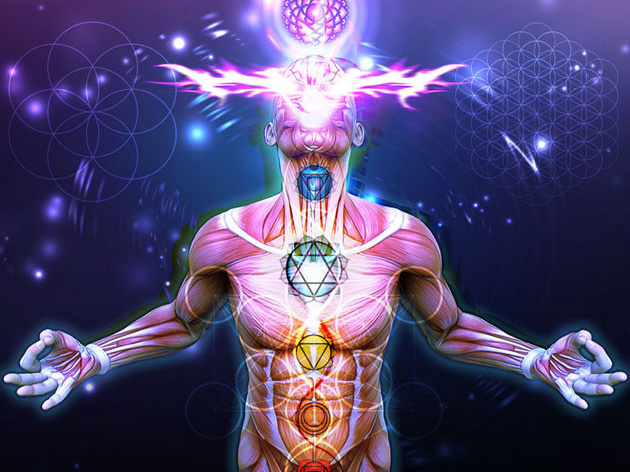Drawing us in with a bold, pulsating beat and cerebral topper, expanding with dimensional synth and textured kick drum, Idan Ben-Tal opens Columbus, IN with intricacy and ethereal melodies. A psychedelic riff grows with a crescendo as detailed percussion envelopes us further.
The composition showcases instrumental mastery and a grounded, yet out of this world energy. We appreciate the moment where the beat pulls out to create a serene and mysterious vibe, which intrigued us further before an authentic rebuild and return to form for the piece.
We learn that Idan Ben Tal is a Tel Aviv–based DJ, producer, and music curator who plays a pivotal role in Israel’s underground electronic scene. He is renowned for his emotionally rich sets that blend house, techno, ambient, and experimental music, and has performed at leading venues in Tel Aviv and abroad, including Berlin’s Paloma and various cultural spaces.
Beyond the stage, Idan curates influential parties and platforms that support emerging talent and foster community within the left-field dance scene. He’s also a key figure in Israeli music media, with radio shows on Kan 88, Galgalatz, and Eco99FM, and his “500 Tracks” series showcases his dedication to underground electronic music and musical storytelling. We had the chance to as Idan Ben Tal some questions about his artistry and purpose to celebrate the launch of Columbus, IN which can be streamed via SoundCloud.
We are obsessed with the dimensionality of your sound. Can you tell us more about your production process?
Thank you – that means a lot. My production process is centered around texture and emotional depth. I usually start with atmosphere: pads, field recordings, granular delays, and subtle ambiences that build a sense of space before anything rhythmic takes shape. I like working from a feeling or an imagined environment rather than a strict genre structure. Once the mood is established, I slowly introduce percussive layers – often minimal, dub-inspired drums or broken beats – to create a dialogue between motion and stillness. I treat each track as a sonic story, where silence and restraint are just as important as the kick or bassline. I’m drawn to imperfection, to organic details that evoke a tactile listening experience.
Your sonic energy has a high spiritual quotient. Are you influenced by nature and the universe in your creations?
Absolutely. I’m not necessarily influenced by nature in a literal, acoustic sense, but rather in how vast, cyclical, and unknowable it is. That sensibility feeds into the structure of my music – repetition with subtle variation, long evolutions, and atmospheres that feel like shifting weather systems. There’s something deeply grounding and spiritual in dancing to a loop that slowly changes over time. It mirrors meditation, or even the passage of time in nature. I think of sound as vibration, and vibration is how we connect – not just as humans but as physical bodies in a moving world.
What did you grow up listening to and how does that fit in with your sonic universe?
I grew up listening to a wide range of music – everything from 90s hip-hop, neo-soul, and psychedelic rock to jazz, trip-hop, and funk. Artists like D’Angelo, Pink Floyd, Portishead, Curtis Mayfield, A Tribe Called Quest, Massive Attack, Nina Simone, The Doors, and Lauryn Hill were central to shaping my musical taste. Later, I found deep inspiration in electronic artists such as Burial, DJ Sprinkles, Theo Parrish, Actress, SND, Rhythm & Sound, and so many more. These artists taught me that rhythm can be a form of storytelling and atmosphere can carry just as much emotion as melody. That blend of emotional rawness and experimental sound design is the core of what I aim to bring into my own productions and sets.
You say that “dancing is a universal, borderless experience.” What does that mean in light of the current political climate in your region?
It’s more relevant than ever. We live in a region where division is everywhere – political, geographic, even cultural. But on the dancefloor, people from opposing sides can exist in the same rhythm, in the same physical and emotional space. There’s something radical about that. I’ve seen it happen in Tel Aviv, in Berlin, even in underground spaces during times of social tension. Dancing doesn’t solve conflict, but it momentarily dissolves barriers. It creates empathy through movement. That’s a kind of soft activism, and it’s central to why I do what I do.
What do you hope to manifest with your art?
I want to create spaces – both sonic and physical – where people can reconnect with themselves and each other in meaningful ways. Whether it’s through a DJ set, a curated event, or a track, I want my work to feel intimate, even in loud or chaotic environments. I also want to archive emotion, to leave behind traces of what it feels like to be alive right now, with all the contradiction and complexity that entails. My art is an offering: not a solution, but a space for feeling, for release, and sometimes, for quiet transformation.
